IRS Backlog – UPDATE
Everyone knows COVID-19 pandemic has affected all of us. The IRS is no exception.
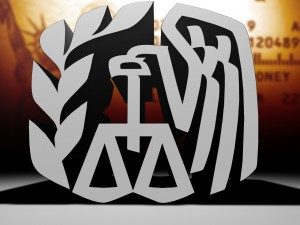
There can be communication issues when dealing with mixed media: manual, paper letters along with electronic systems on a good day. When you add the slowed USPS system to the mix, it is only making the IRS processing system more strained. Currently, there are computer-generated notices going out from the IRS that do not properly reflect the taxpayers’ account status because of this delay. The IRS is stating online that they are experiencing high call volumes and have issued an “E-News for Tax Professionals Issue 2020-33“. There are many people who are simply calling to follow up on manual payments that were sent in weeks ago.
If you are frustrated with the IRS, know you are not alone. The issue is acknowledged and they are trying to resolve the backlog by bringing in additional help. The Journal of Accountancy published an article on this same topic as well.
As of August 21, the IRS has temporarily suspended the mailing of all notices to taxpayers with balances due. The latest article shared by the IRS explains more about the steps the System is taking to eliminate confusion and keep the process moving as smoothly as possible.
Please contact our office if we can answer any of your questions.


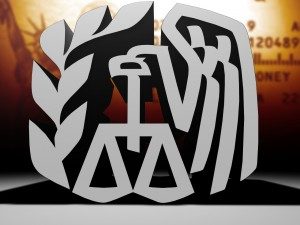
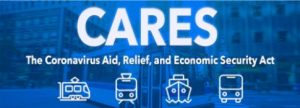
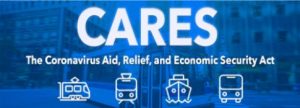 We have compiled the following useful and concise information for your reference as you consider the various planning opportunities available to address the impact of the COVID-19 situation on nonprofit organizations. After studying the recently enacted law and interacting with other professionals, by parsing through the voluminous CARES Act, Families First Coronavirus Response Act (“FFCRA”) and relevant peripheral materials, the following includes the highlights of the relevant relief available to you via the government stimulus packages:
We have compiled the following useful and concise information for your reference as you consider the various planning opportunities available to address the impact of the COVID-19 situation on nonprofit organizations. After studying the recently enacted law and interacting with other professionals, by parsing through the voluminous CARES Act, Families First Coronavirus Response Act (“FFCRA”) and relevant peripheral materials, the following includes the highlights of the relevant relief available to you via the government stimulus packages: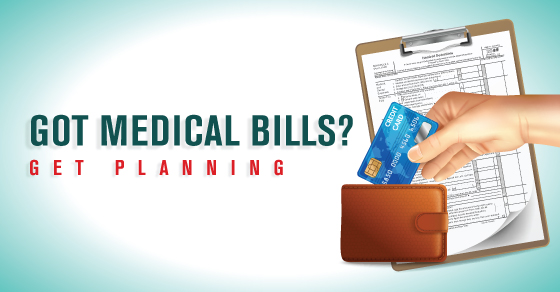


 er ways a donor can make gifts in excess of the exemption without being subject to the filing requirement and liability on the excess, under
er ways a donor can make gifts in excess of the exemption without being subject to the filing requirement and liability on the excess, under 


